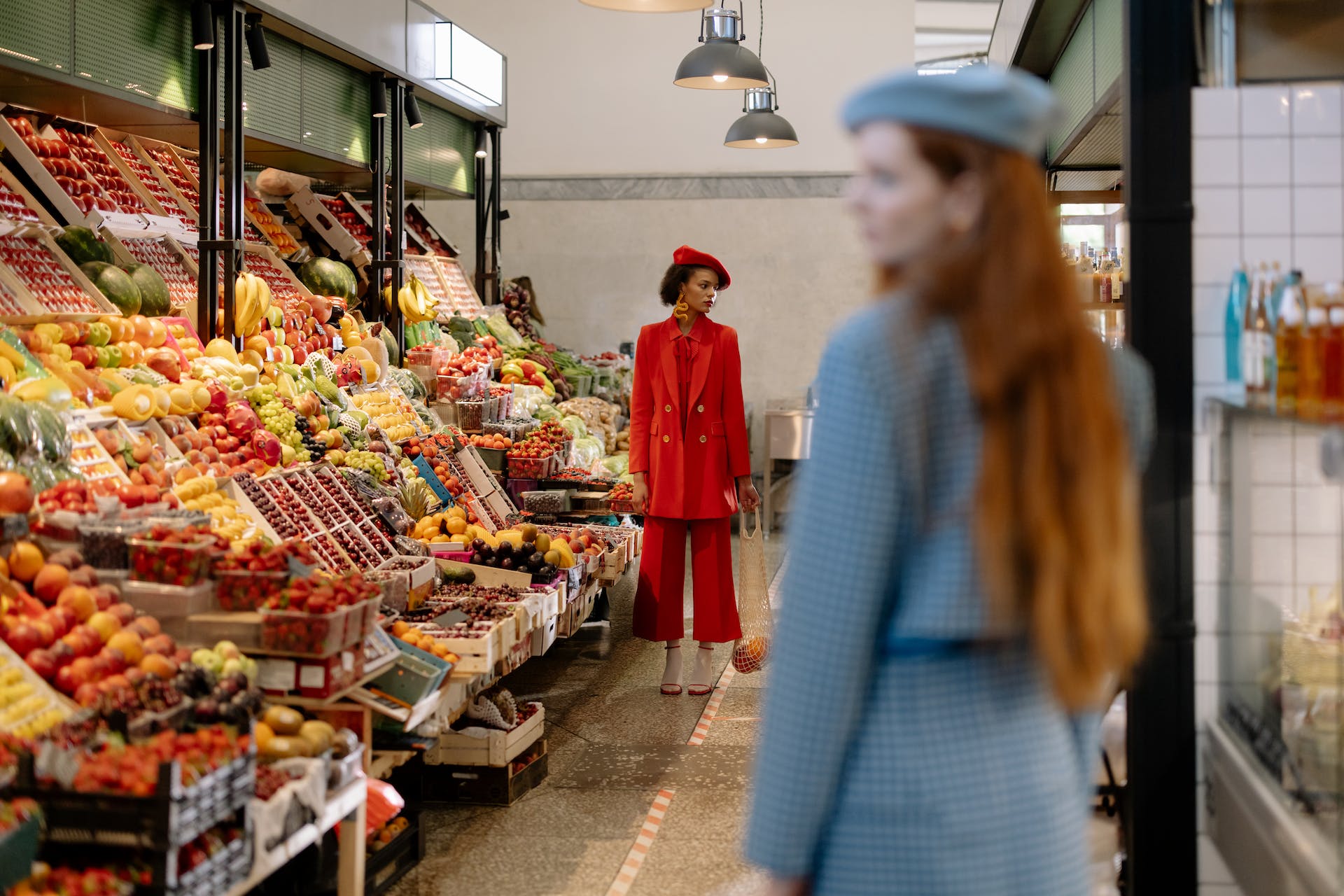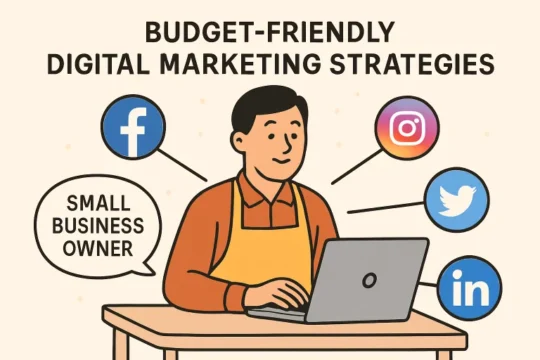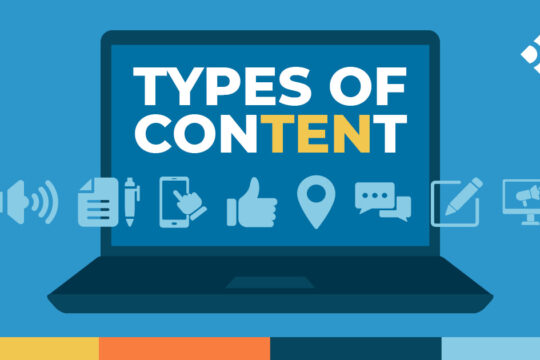
Maximizing customer retention is the best way to keep your business profitable. The most effective customer retention strategies include focusing on quality, improving service, rewarding loyalty, and staying connected with customers. Promoting your grocery brand on the most popular channels with each audience is also essential.
Table of Contents
Personalized Offers
Amid a global economic slowdown, consumers are shopping less and eating out at restaurants and grocery stores at lower rates than before. This makes it challenging for grocery retailers to build brand loyalty, stand out in crowded markets, and collect valuable customer data. However, a well-designed loyalty program can help businesses in the food & beverage industry boost engagement and retention while helping them differentiate themselves from competitors.
The best grocery loyalty programs feature a combination of value and convenience, emphasizing personalization. Unlike targeted marketing, which sends the same offer to a group or segment of customers, personalized offers are tailored to each customer. This approach can deliver a sales bump of up to 2% for groceries and other retail sectors.
Another critical feature of loyalty programs is tiering, which adds an element of progress and gamification to the program. By incentivizing customers to reach higher ranks, this structure encourages loyalty over time and prevents them from churning to rival brands.
To create a grocer loyalty program that resonates with today’s tech-savvy consumers, look for an integrated platform that provides a seamless user experience and allows customers to track their points, access exclusive rewards, and use digital coupons. Incorporating these features into your loyalty program will enhance the end-to-end customer experience while also delivering an efficient way to manage and analyze customer data.
Digital Marketplaces
In a business like grocery retail, where profit margins are already thin, it’s more important than ever to differentiate your brand and foster loyalty. However, leveraging existing customer data is critical, and traditional point-based programs can limit the scope of personalized offers that genuinely drive engagement. Adding new features can create more value for customers and boost the ROI of your loyalty program.
One popular way to do this is through digital marketplace integrations that allow shoppers to earn and redeem rewards online and in-store. Creating a unified, seamless experience gives customers more flexibility and bolsters loyalty with a more streamlined user journey.
Another scalable opportunity is to expand the value of your rewards program by including perks that make life easier for customers. Many of your customers are already looking for ways to save time, and if you can offer them relevant solutions that address those needs, they’re likely to become more loyal.
For example, some supermarkets use checkout coupons to offer instant discounts on the items their customers buy most frequently. Other retailers use a tiered rewards system to incentivize spending by rewarding members with additional benefits as they reach higher tiers. These are just a few examples of the many perks that grocery stores can add to their existing loyalty programs to increase value and drive retention.
Convenience
Grocery and food & beverage retailers face stiff competition and thin profit margins, so focusing on customer retention is more critical than ever. Loyalty programs provide a structured way for businesses to connect with customers, foster strong relationships, and drive long-term success.
One of the best ways to do this is by integrating loyalty with digital marketplaces. By allowing customers to link their loyalty accounts with digital platforms, they’ll be able to collect rewards faster and have access to exclusive deals. Customers will also feel more connected with a brand when using their loyalty accounts to purchase products directly from the website or app.
Using data from loyalty programs, grocery brands can deliver personalized experiences to each member. For example, a customer who regularly buys organic and gluten-free items can be sent targeted communications by the brand. Similarly, customers who spend the most per week can be offered personalized discounts or coupons.
Another way to gamify loyalty is by rewarding members for completing daily challenges or completing specific tasks like checking in on the app or sharing on social media. This can be done by providing special offers or points for completing a task or even giving prizes to the most successful participants. Finally, grocery stores can use their loyalty platform to promote special promotions to non-members. Whether this is through email, social media, or other marketing channels, the more exposure to the program, the more likely it will be to attract new shoppers.
Community
In-house loyalty programs are crucial to incentivizing existing customers, boosting basket size, and driving repeat purchases. According to PYMNTS, 43% of consumers spend more at grocery stores that offer loyalty programs.
Loyalty programs often take the form of point and reward mechanics, where customers earn points that can be redeemed for discounts or free items. This simple structure incentivizes repeat purchases by adding a layer of gamification that encourages customers to earn more and redeem higher rewards. However, this approach is limited in reach as it only targets the customer base of a given grocery store. Partnering with a digital marketplace expands the breadth of in-house rewards programs to attract new shoppers and foster more loyal relationships.
Taking advantage of data analytics enables supermarkets to personalize the offers they provide. This level of 1:1 personalization is what today’s discerning customers expect. A recent survey revealed that 90% of respondents say they are much or somewhat more likely to do business with a company that provides personalized experiences.
Digital marketplaces are becoming an essential strategy for many grocers in the fight to retain existing customers. By integrating with marketplaces and offering an augmented one-stop-shop experience, grocers can offer their customers the convenience they crave while promoting their brand as an innovative leader.



